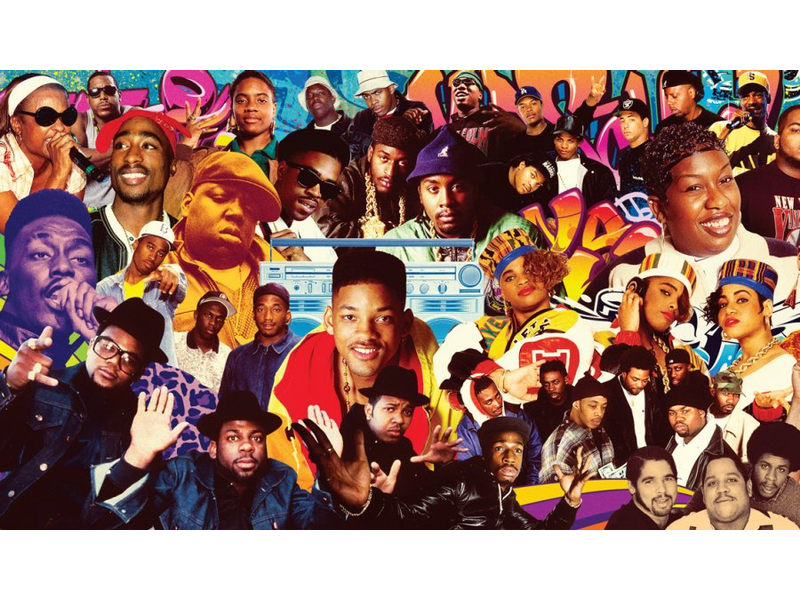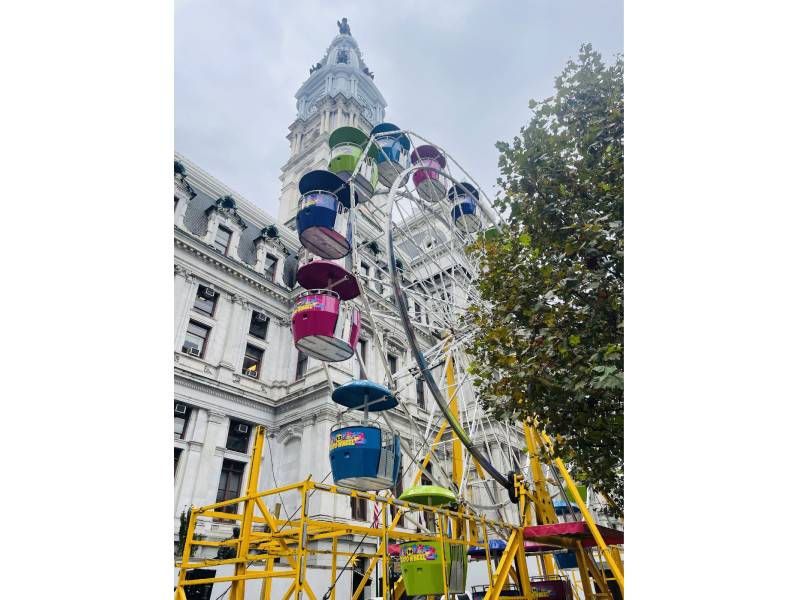Hip-hop is a culture that has changed America since the 1980s, not just a music genre. Its influence has expanded across the United States, influencing politics and media culture. The issue surrounding hip-hop music and culture has been at the forefront for many years. From the commotion of the east-west rivalry to critics who are quick to point out rap’s violent lyrics, it remains a hot issue. People sometimes let the stigma associated with hip-hop overwhelm the music’s potency. However, individuals may misunderstand the meaning of the messages that music might convey. Hip-hop can raise awareness of many critical cultural problems, such as racism and misogyny, while also evoking emotion. For example, Kendrick Lamar, who has been dubbed a lyrical genius by some, attempts to inspire encouragement to conquer personal issues. His album “To Pimp A Butterfly” addresses consumerism, racism, oppression, and, most importantly, self-love. The album’s title is a brilliant reference to Harper Lee’s “To Kill a Mockingbird,” as well as a metaphor for the literal pimping of something as lovely and free as a butterfly. So, let us give a short history and the impact of hip hop in 2022.
So, what gave it its name?
The origins of the name hip-hop are variously explained. The most well-known one, though, features Keith (“Keef Cowboy”) Wiggins, a member of the rap group Grandmaster Flash and the Furious Five. In reference to a buddy who had joined the army, the rapper used the phrases hip/hop/hip/hop, emulating the sound of troops marching. According to some sources, Kevin (“Lovebug Starski”) Smith was there when Wiggins coined the nickname. Hip-hop was later popularised via songs, most notably the Sugarhill Gang’s “Rapper’s Delight.”

Hip hop and its influence. Source – Google
Hip Hop components came together in New York City’s Bronx area. It was the early 1970s, and conditions were rougher than usual in metropolitan America’s poorest neighborhoods. Hip Hop sprang from a lot of nothing—and a lot of invention. DJ Kool Herc is credited for flipping the switch during a dance party in August 1973. To identify and expand percussion breaks—the most danceable elements of a song—he played the same record on dual turntables, alternating between them. It was a method that drew dancers who had spent days and weeks perfecting their skills. The result that night was electrifying, and other DJs in the Bronx quickly tried to outdo Herc. There are contradictory stories of when Bambaataa started holding parties, owing to the sometimes hazy history of hip-roots. hop’s Some claim he started in 1970, predating acknowledged “father of hip hop” Kool Herc, while others claim he began in 1976, after Herc, in fact attending and getting inspiration from Kool Herc events. He swore to utilise hip-hop to get angry adolescents out of gangs and to establish the Universal Zulu Nation. Bambaataa and his disciples — a collection of dancers, performers, and DJs – embarked on the first hip-hop tour outside of the United States in 1982. He regarded hip hop tours as the key to expanding hip hop and his Universal Zulu Nation. Furthermore, it would help promote hip hop principles, which he believes are focused on peace, harmony, love, and having fun. Many musicians and gang members agree that “hip hop saved a lot of lives.” His influence influenced several international musicians, including French rapper MC Solaar.
It was a code that has permeated Hip Hop ever since, such as employing abilities and whatever resources are available to create something new and emulating and imitating the brilliance of others while injecting own flair till the freshness radiates. Competition was and still is a significant driver in hip-hop. Like a strong star, this dance-party culture swiftly pulled various creative forms into orbit. A burgeoning movement of optimistic poets, visual artists, and urban thinkers offered their thoughts and voices via whatever methods they might find.
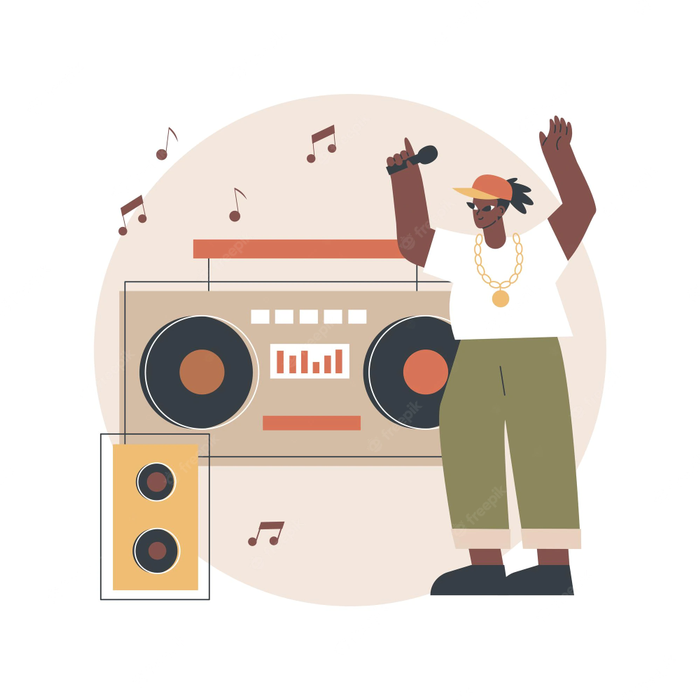
Hip Hop illustration. Source – Google
The last decade of the twentieth century, colloquially known as “the ninety,” saw significant societal developments in American history and society. The emergence of hip-hop culture is one example of a significant new trend that occurred in the 1990s. Hip-hop has its roots in Black community awareness in the United States. Furthermore, hip-hop culture may be seen as a direct reaction to the socio-economic challenges that arose from that past. The Black community and other historically oppressed groups converted their dissatisfaction with the injustices they encountered into an effective protest, helping to reorganize social attitudes and possibilities. This musical trend began in the late 1980s, but the power and substantiation associated with hip-hop music mainly emerged throughout the 1990s. Following this line of thinking, the 1990s witnessed significant shifts in music and culture. So much so that the United States saw the birth of a true “Hip-Hop Nation.” Moreover, despite debate about the music’s validity, hip-hop represents a national movement with the potential to raise a whole segment of the national community.
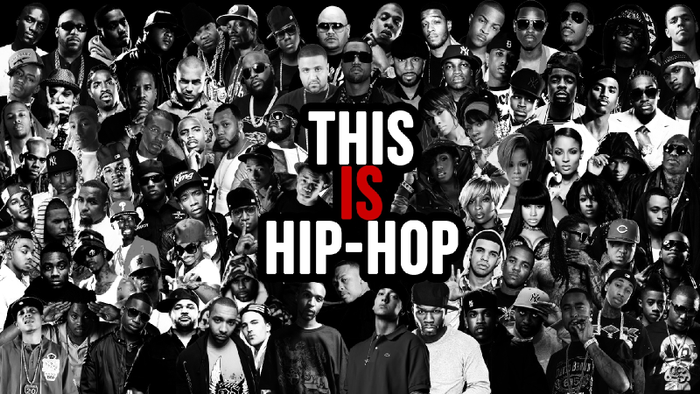
The Legacy of Hip Hop. Source – Google
Hip-hop has had an unmistakable influence on Black communities throughout the United States, particularly given that Black performers dominate the music. Furthermore, it has provided a forum for them to speak out against unfair contradictions in society, the government, or the treatment of Black people in this nation.
People who are interested in hip-hop culture often ask this question. It is also an incredibly crucial difference in the hip-hop scene. What is the difference between rap and hip hop? The usual response is that hip-hop is a culture comprised of four elements* – deejaying, MCing, graffiti, and dancing – and that rap is a kind of popular music that sprang from Hip-Hop culture. However, when we concentrate on the distinctions between rap and hip-hop, we often forget what they share. For example, there would be no point in comparing them in the first place if the two notions were unrelated. Rap and hip-hop, in this sense, are not diametrically opposed — rap is a product of hip-hop culture. But this is more than simply a method of thinking about the two types’ interaction. It is also a method of creating music. When rap music is seen as an expression of a larger and deeper set of hip-hop processes, the emphasis shifts away from what rap music is and toward what it does. Rap music naturally comes into play more completely when understood in the context of hip-culture, hop’s history, philosophy, and goals. Identity, communal duty, self-discipline, and personal expression – all-important to hip-hop culture – become central to rap as well.
In 2020, Houston rapper Megan Thee Stallion’s Saturday Night Live performance issued a striking statement about the killing of Breonna Taylor, a medical worker shot in her house by police officers. Lil Yachty, an Atlanta, Georgia-based rapper, has often utilized his songs to express his impoverished hardships. Similarly, Hip-Hop lyrics can remind young people of reality away from social media, a phenomenon that may occasionally affect young people’s perceptions of what it means to be successful or respectable. Kendrick Lamar’s song “HUMBLE” discusses the severe manipulation used on photographs of women nowadays and how it creates false expectations of women’s bodies. In the song, he expresses his desire to see something natural, such as stretch marks, since he is “sick and tired of the photoshop.” This is critical for young people to hear, especially young women, whose perception of what they should look like has been contaminated by photographs shared on social media. This ensures that those young ladies will not feel compelled to undertake surgeries or engage in other actions to meet society’s expectations.
Hip-hop has been growing in Super Bowl halftime shows over the previous decade. But it’s never been front and center. That changed on February 13, when the genre led a Super Bowl halftime performance for the first time. It’s been a long time for hip-hop to headline the Super Bowl. Colin Kaepernick’s knee protest highlighted the NFL’s diversity and social justice concerns, prompting the league to join with JAY-Z’s -Roc Nation in 2019. The agreement permitted the entertainment firm to advise on artist selection for important NFL events such as the Super Bowl and participate in the NFL and Players Coalition’s “Inspire Change” project. The project focused on education, economic progress, police and community relations, and criminal justice reform. Beginning with Dre’s “The Next Episode” and finishing with “Still D.R.E.,” the show also included Snoop Dogg, Kendrick Lamar, Eminem, Mary J. Blige, and 50 Cent, with each artist playing some of their most successful songs — including ones recorded by Dre himself. Overall, the halftime concert was a triumph, demonstrating the possibility of a complete hip-hop halftime production — from start to finish — while also objecting where it could.
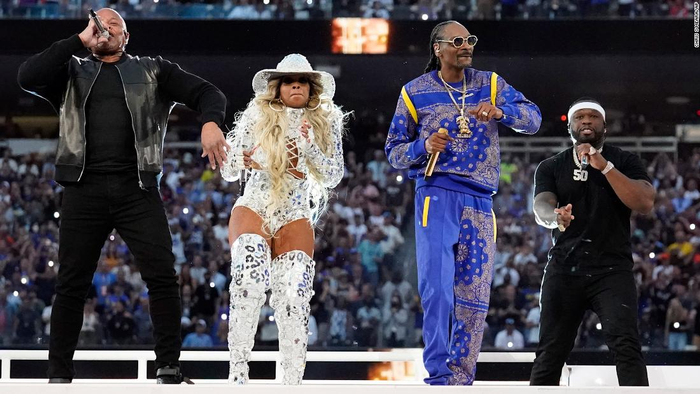
SuperBowl performance 2022. Source – Google
Hip-hop history is a fascinating topic that deserves to be explored further. Since its start in the 1970s, this cultural movement has seen significant development and evolution. What started as a local effort in New York City to create a haven for African-American and Puerto Rican adolescents has become a worldwide phenomenon. Hip hop is still a dominating cultural force that influences people all over the globe.

Anand Subramanian is a freelance photographer and content writer based out of Tamil Nadu, India. Having a background in Engineering always made him curious about life on the other side of the spectrum. He leapt forward towards the Photography life and never looked back. Specializing in Documentary and Portrait photography gave him an up-close and personal view into the complexities of human beings and those experiences helped him branch out from visual to words. Today he is mentoring passionate photographers and writing about the different dimensions of the art world.

